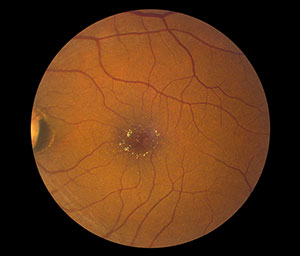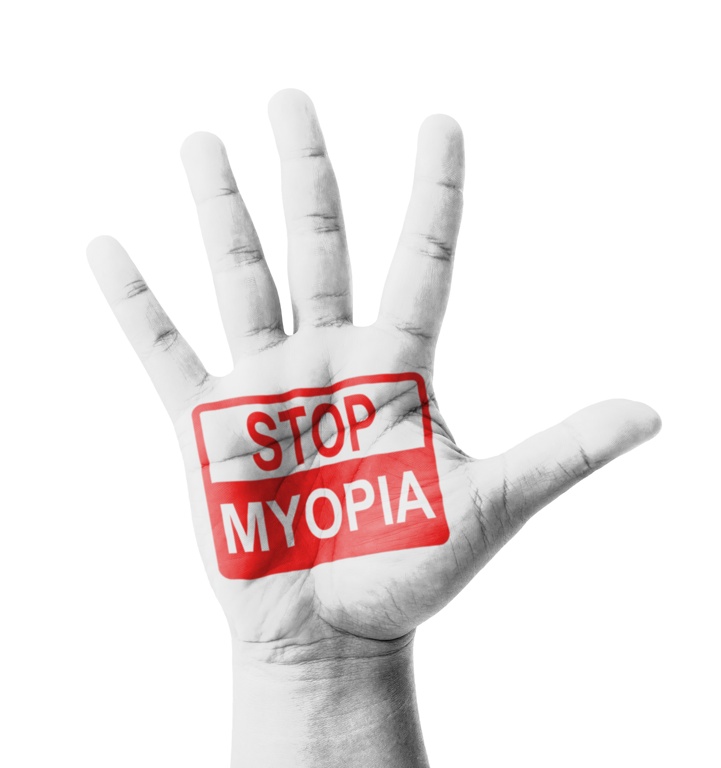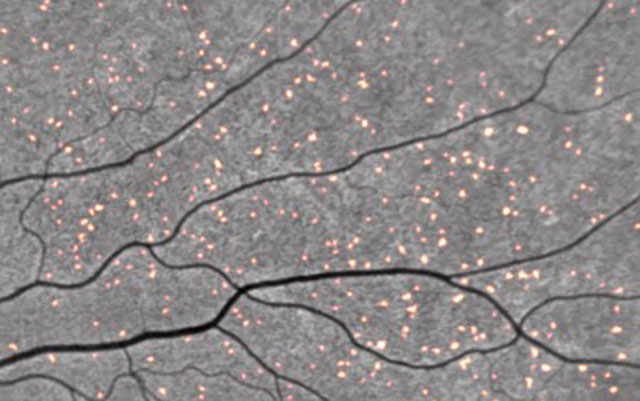Tamoxifen is a commonly prescribed medication for the treatment and prevention of breast cancer. While effective, it is not without side effects, particularly on vision. Tamoxifen can lead to several ocular issues, which may manifest after long-term use.
Eye-Related Side Effects of Tamoxifen:
1.Cataracts: The most common ocular complication of tamoxifen is the development of cataracts, where the lens of the eye becomes clouded.
2.Retinopathy: Tamoxifen retinopathy can result in deposits forming in the retina, leading to blurred vision or even vision loss in severe cases. Most common ophthalmic side effect: accumulation of white crystalline deposits around fovea
3.Corneal Changes: Some patients may experience changes in the cornea, causing discomfort or vision alterations.
4.Macular Edema: Less common ophthalmic side effect: blurred vision from cystoid macular edema mostly in patients treated with 120mg twice daily and after cumulative dose of 100gm. Although rare, this is another serious condition that can cause swelling of the macula, leading to significant vision impairment.
When Do These Side Effects Appear?
Vision problems generally do not appear immediately after starting tamoxifen. Eye-related side effects tend to develop gradually, typically after months or years of continuous use. Studies suggest that the risk increases after five years of therapy, especially in patients on high doses. However, some individuals may experience issues sooner depending on factors like dosage and personal susceptibility.
Prevention and Management
1.Regular Eye Examinations: Patients on tamoxifen should have regular eye exams, ideally every 6 to 12 months, to catch any early signs of damage. A thorough retinal check can identify potential problems before they affect vision.
2.Discussing Dosage with a Doctor: Lower doses of tamoxifen may reduce the risk of ocular side effects. Patients should talk to their doctor about the lowest effective dose to balance treatment efficacy with safety.
3.Monitoring Symptoms: Patients should be vigilant for any changes in vision, such as blurriness, floaters, or trouble seeing at night, and report these to a healthcare provider immediately.
4.Diet and Eye Health: Maintaining a diet rich in antioxidants, such as vitamins C and E, can support overall eye health. Hydration and protecting eyes from excessive sunlight can also be beneficial.
5.Switching Medications: In cases where severe eye complications arise, doctors may recommend alternative therapies that do not carry the same risks for ocular health.
Conclusion
While tamoxifen is a valuable drug in breast cancer treatment, its potential to cause eye-related side effects should not be overlooked. Through regular eye check-ups, monitoring for early signs of vision changes, and working closely with healthcare providers, patients can minimize the impact on their quality of life.






Recent Comments